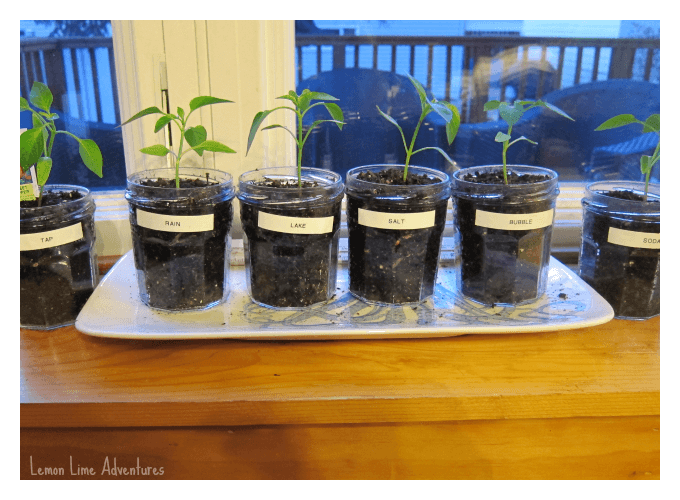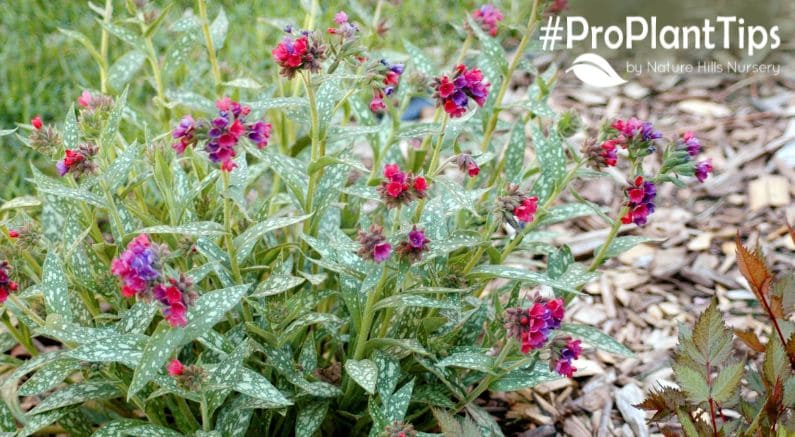In the realm of scientific exploration, conducting growth experiments is a pivotal aspect of understanding the intricate mechanisms that govern plant development. Choosing the right plants for such experiments is crucial, as it can significantly impact the reliability and relevance of the results obtained. In this comprehensive guide, we delve into the best plants for growth experiments, offering insights that go beyond the ordinary, ensuring your experiments yield valuable and accurate data.
Selecting the Ideal Candidates
1. Arabidopsis thaliana: The Genetic Marvel
Arabidopsis thaliana, often referred to as the “lab rat” of plant biology, is a small flowering plant with a remarkable genetic makeup. Its relatively short life cycle and well-annotated genome make it an ideal choice for experiments requiring genetic manipulation. Researchers favor Arabidopsis for its rapid growth and ease of cultivation, making it a standout candidate for studies ranging from gene expression to environmental responses.
2. Brassica rapa: The Rapid Respondent
Known for its adaptability and quick response to environmental changes, Brassica rapa is a versatile plant that excels in growth experiments. Its short life cycle, typically around six weeks, allows for swift experimentation and observation. Whether studying the effects of varying light conditions or nutrient levels, Brassica rapa proves to be an invaluable asset for researchers seeking rapid results.
3. Lycopersicon esculentum: Tomatoes Beyond the Kitchen
While tomatoes are a staple in many kitchens, Lycopersicon esculentum, the common tomato plant, also holds significance in growth experiments. Beyond its culinary uses, the tomato plant’s responsiveness to environmental stimuli and well-documented growth patterns make it an excellent subject for studies on plant development, stress responses, and fruiting processes.
Factors Influencing Growth Experiment Success
1. Light Intensity and Duration: A Balancing Act
For optimal growth experiment outcomes, controlling light intensity and duration is paramount. Different plant species exhibit varied responses to light conditions, influencing factors such as photosynthesis, flowering, and overall development. Researchers must tailor these variables to suit the specific needs of the chosen plants, ensuring accurate and reproducible results.
2. Nutrient Composition: Nourishing Growth
The composition of the growth medium significantly impacts plant development. Balancing essential nutrients, including nitrogen, phosphorus, and potassium, is essential for fostering robust growth. Researchers must meticulously design nutrient solutions, considering the specific requirements of the chosen plants to prevent deficiencies or excesses that could skew experimental outcomes.
3. Temperature Regulation: Creating the Optimal Environment
Maintaining a controlled temperature environment is a critical factor in successful growth experiments. Plants, depending on their species, have distinct temperature preferences for optimal growth. Researchers must meticulously monitor and adjust temperature settings to mimic natural conditions, ensuring that experimental variables are isolated and accurately assessed.
Advanced Techniques for Precise Measurements
1. Microscopic Imaging: Peering into Plant Cells
Incorporating advanced imaging techniques, such as confocal or electron microscopy, elevates the precision of growth experiments. These technologies allow researchers to delve into the microscopic world of plant cells. Unraveling intricate details of cellular structures, organelles, and developmental processes. The insights gained through microscopic imaging contribute to a deeper understanding of plant growth dynamics.
2. Molecular Analysis: Decoding Genetic Expression
To unlock the genetic intricacies governing plant growth, molecular analysis techniques, including PCR and RNA sequencing, prove invaluable. These methods enable researchers to decode the plant’s genetic expression patterns. Identifying key genes responsible for growth, development, and response to environmental stimuli. Molecular analysis adds a layer of specificity to growth experiments, paving the way for targeted interventions and genetic modifications.
Conclusion: Elevating Your Growth Experiments
In the dynamic landscape of plant growth experiments, choosing the right plants and employing meticulous methodologies are pivotal for success. By selecting the best candidates, understanding environmental influences, and integrating advanced techniques, researchers can elevate the quality of their experiments, yielding data that not only meets scientific standards but also contributes to the broader understanding of plant biology.





